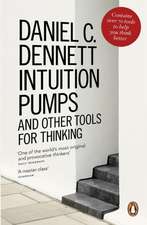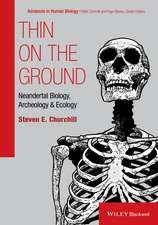Sex and the Origins of Death
Autor William R. Clarken Limba Engleză Paperback – 25 iun 1998
Preț: 110.42 lei
Preț vechi: 115.85 lei
-5% Nou
Puncte Express: 166
Preț estimativ în valută:
21.15€ • 21.79$ • 17.72£
21.15€ • 21.79$ • 17.72£
Carte tipărită la comandă
Livrare economică 11-17 februarie
Preluare comenzi: 021 569.72.76
Specificații
ISBN-13: 9780195121193
ISBN-10: 0195121198
Pagini: 208
Ilustrații: 7 line drawings
Dimensiuni: 216 x 140 x 12 mm
Greutate: 0.27 kg
Ediția:Revised
Editura: Oxford University Press
Colecția OUP USA
Locul publicării:New York, United States
ISBN-10: 0195121198
Pagini: 208
Ilustrații: 7 line drawings
Dimensiuni: 216 x 140 x 12 mm
Greutate: 0.27 kg
Ediția:Revised
Editura: Oxford University Press
Colecția OUP USA
Locul publicării:New York, United States
Recenzii
Anyone who reckons that science writing is dry stuff may find their outlook broadened by this little book about the biology of death.
Notă biografică
William R. Clark is Professor of Immunology and Chair of the Department of Molecular, Cell, and Developmental Biology at UCLA. An internationally recognized authority on cellular immune responses, he is the author of At War Within: The Double Edged Sword of Immunity (OUP, 1995).














